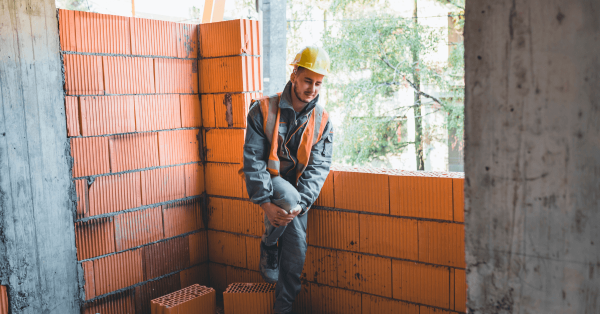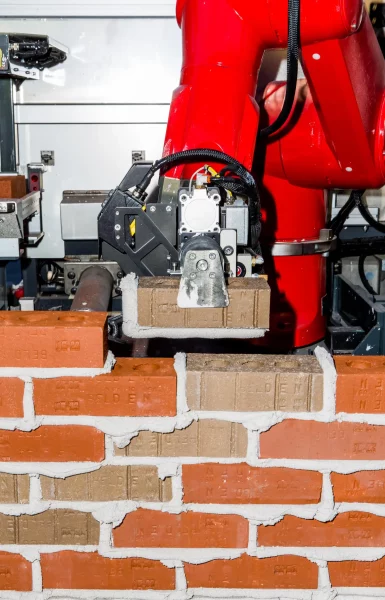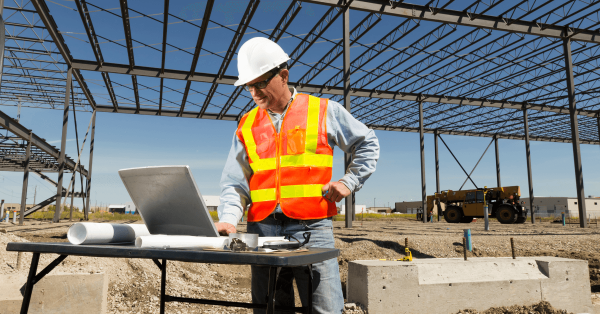The construction industry is experiencing a revolutionary change with the advent of the bricklaying robot. This traditionally labor-intensive trade, long defined by manual skill and physical effort, is stepping into a new era marked by technological innovation. The rise of the bricklaying robot prompts important questions about the future of bricklayers and the wider construction workforce. In this blog, we explore the transformative effect of the bricklaying robot on the industry, examining both its impact and the strategies needed for a smooth and equitable transition.
Demanding the Toughest: The Gritty Reality of Bricklaying

- Musculoskeletal disorders: Such as back pain and joint aches, often exacerbated by the repetitive movements and sustained awkward postures inherent in bricklaying.
- Respiratory issues: Resulting from prolonged exposure to dust and silica particles, leading to conditions like silicosis and chronic obstructive pulmonary disease (COPD).
- Increased risk of injuries: The physically demanding nature of bricklaying raises the likelihood of workplace accidents and injuries.
Enter the Bricklaying Robot: A Dawn of Efficiency and Accuracy

- Enhanced Speed and Output: Bricklaying robots can lay up to 3,000 bricks per day, significantly surpassing the productivity of an average bricklayer.
- Unwavering Accuracy: Robotic technology ensures each brick is placed with precision, resulting in consistent, high-quality construction.
- Reduced Labour Costs: The introduction of bricklaying robots can lead to substantial long-term savings, offsetting their initial investment costs.
The Future of Bricklaying: Adapting to Automation

- Reskilling and Upskilling: Bricklayers have the opportunity to develop new skills in operating and maintaining bricklaying robots.
- Diversifying Skill Sets: Expanding expertise into other areas of construction enhances adaptability and employability in an evolving industry.
- Entrepreneurial Opportunities: Experienced bricklayers can use their industry knowledge to start innovative construction ventures in an era increasingly influenced by bricklaying robots.
Ensuring a Responsible Transition with Bricklaying Robots
A thoughtful and ethical approach is vital for integrating bricklaying robots into the construction sector:
- Government Policies: Encouraging investment in retraining programs for the workforce impacted by automation.
- Industry Collaboration: Construction companies, unions, and educational institutions should collaborate to develop comprehensive training programs and career pathways for bricklayers in this new technological era.
- Early Intervention: Proactively preparing future construction professionals for a landscape that includes robotic technologies like bricklaying robots.
Conclusion: Embracing a Collaborative Future with Bricklaying Robots
The future of bricklaying, in conjunction with bricklaying robots, hinges on a balanced collaboration between human skill and robotic efficiency. By investing in upskilling initiatives and embracing technological advancements, the construction industry can pave the way for a sustainable and innovative future, where bricklaying robots and human workers operate in synergy.
Stay Updated with Danterr!
Subscribe to Our Newsletter for the Latest in Construction Solutions
